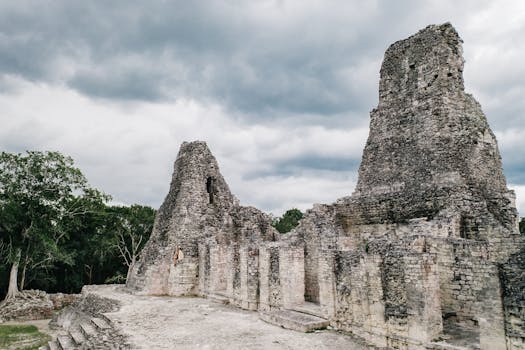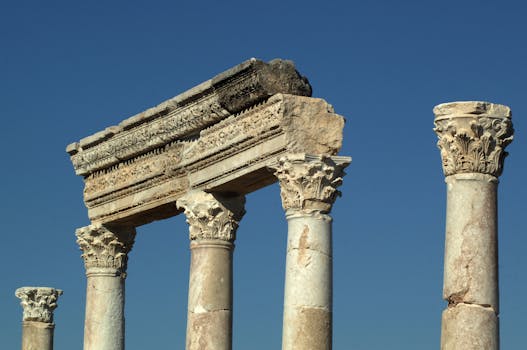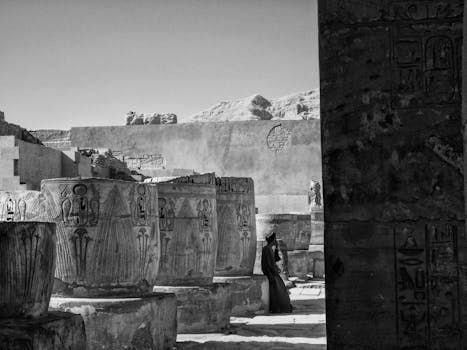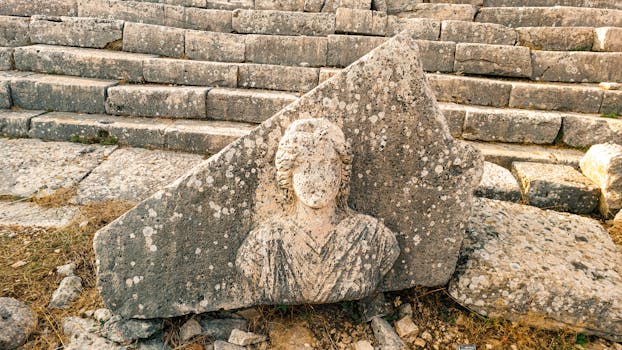
Unearthing the Past: A Journey Through Historical Artifacts from Ancient Civilizations
Takeaways: This article delves into the importance of historical artifacts from ancient civilizations, showcasing their roles in understanding cultural, social, and technological advancements. We will explore various significant artifacts, their stories, and the insights they provide into the lives of our ancestors.
Historical artifacts are the tangible remnants of ancient civilizations, offering a window into the past. They help us understand the cultural, social, and technological advancements of our ancestors. From pottery and tools to monumental architecture, these artifacts play a crucial role in archaeology and history. In this article, we will explore some of the most significant historical artifacts from ancient civilizations, their meanings, and their contributions to our understanding of human development.
What are Historical Artifacts?

- Tools and weapons
- Pottery and ceramics
- Jewelry and ornaments
- Artworks and sculptures
- Textiles and clothing
- Architectural remnants
Each artifact tells a story, revealing the technological skills, social structures, and cultural practices of the people who created or used them. They serve as critical evidence for understanding ancient societies and their evolution over time.
Significant Historical Artifacts

The Rosetta Stone
The Rosetta Stone, discovered in 1799, is one of the most famous historical artifacts. It features inscriptions in three scripts – Greek, Demotic, and hieroglyphics – which allowed scholars to decipher ancient Egyptian writing. This artifact opened the door to understanding a lost civilization and its rich history.
The Terracotta Army
Unearthed in 1974 near Xi’an, China, the Terracotta Army consists of thousands of life-sized clay soldiers buried with China’s first emperor, Qin Shi Huang. This monumental discovery not only showcases ancient Chinese artistry but also provides insight into the emperor’s beliefs about the afterlife and his desire for protection in death.
The Dead Sea Scrolls
Found in the Qumran Caves near the Dead Sea, the Dead Sea Scrolls are a collection of Jewish texts dating back to the Second Temple period. These scrolls have transformed our understanding of early Judaism and the origins of Christianity, offering a fascinating glimpse into the religious beliefs of the time.
The Mask of Tutankhamun
The stunning gold funerary mask of the Egyptian pharaoh Tutankhamun was discovered in his tomb in 1922 by Howard Carter. This exquisite artifact is not only a symbol of ancient Egypt’s artistry but also provides insights into the burial practices and beliefs surrounding the afterlife.
The Importance of Historical Artifacts

- Cultural Understanding: Artifacts help us appreciate the diversity and complexity of human cultures. They allow us to see how societies have evolved and adapted over time.
- Technological Advancements: Many artifacts showcase the technological innovations of ancient civilizations, from tools to architectural designs, highlighting human ingenuity.
- Social Structures: Artifacts can reveal information about the social hierarchies and roles within ancient societies, shedding light on their organization and values.
- Historical Context: They provide context for historical events, allowing us to better understand the circumstances surrounding significant moments in history.
By studying these artifacts, historians and archaeologists can piece together the puzzle of our past, helping us learn from the successes and failures of those who came before us.
Conclusion



